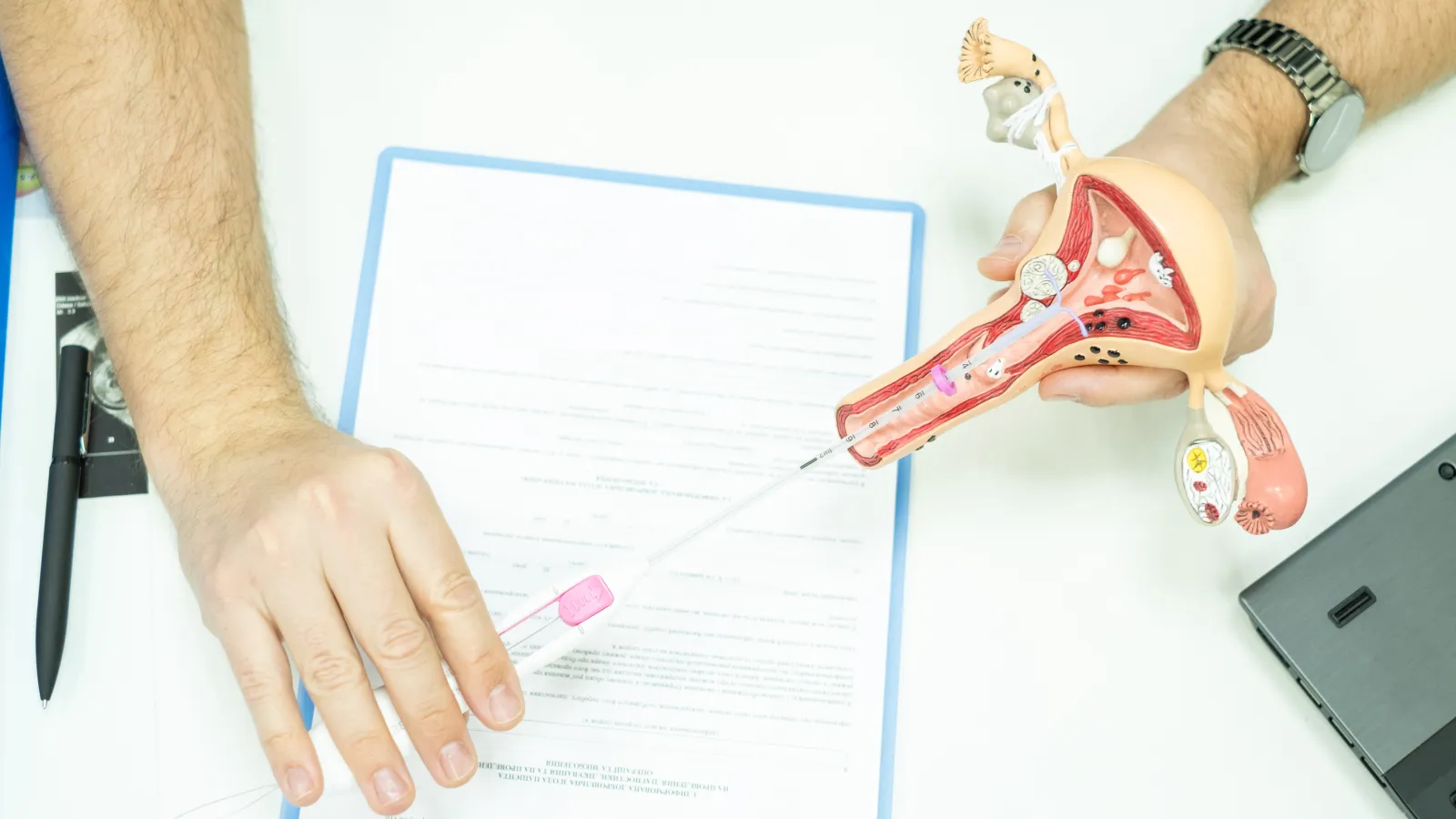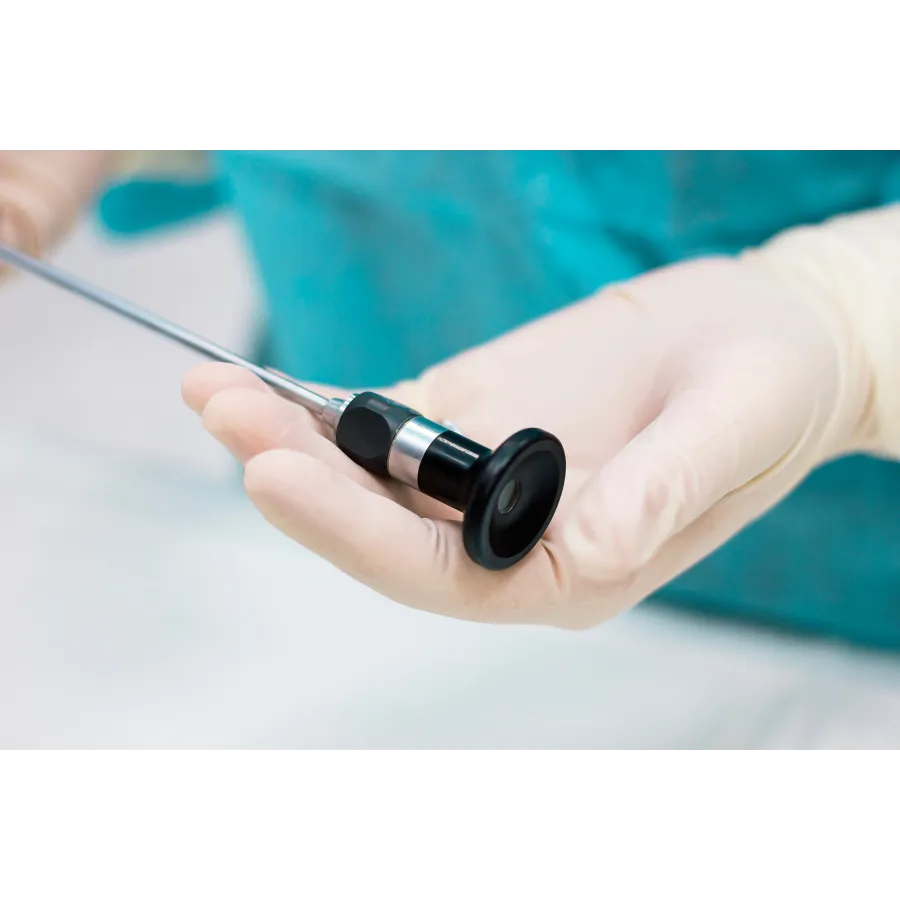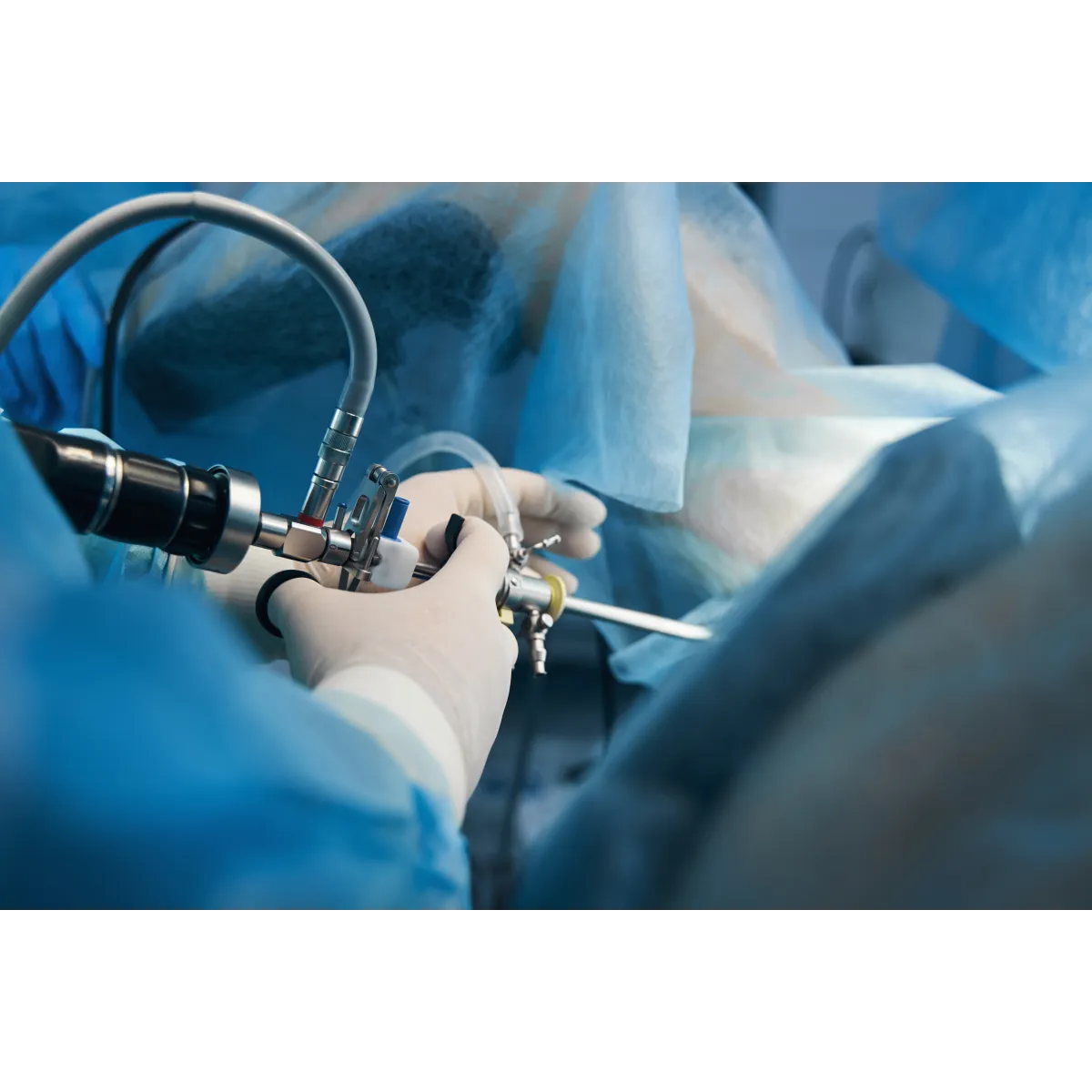Hysteroscopy
Is Hysteroscopy the Right Diagnostic Tool for You?
How Advanced Gynecology Can Help
There are two kinds of hysteroscopy: diagnostic and operative. Diagnostic hysteroscopy is commonly performed on women who are experiencing heavy menstrual periods and severe cramping; or, it may be ordered if your doctor needs to know more about your reproductive health. Operative hysteroscopy can be used to correct various uterine conditions.
If you are suffering from uterine pain and heavy or unusual menstrual bleeding, Advanced Gynecology is here for you. Our board-certified team of women’s health experts are ready to help you with diagnostic care and a range of treatment options. We will counsel you about the best options for you and your health.

Who Is A Candidate for Hysteroscopy?
Common reasons for the need for a hysteroscopy are periods that are longer or heavier than usual or bleeding between periods.
- Abnormal Pap test results
- Bleeding or spotting after menopause
- Uterine fibroids, polyps, or uterine scarring
- More than one miscarriage
- Problems getting pregnant
- Sterilization
- If a tissue biopsy of the uterus is needed
- To replace a dislodged IUD

Schedule Online
Hysteroscopy Procedure Explained
While a hysteroscopy is used to see the inside of the uterus and the opening of the fallopian tubes, sometimes your doctor will also want to view the outside of these organs. This is done through a procedure called laparoscopy, in which a laparoscope is used at the same time to view the outside of the uterus. In laparoscopy, a doctor will insert an endoscope (a thin tube attached with a fiber optic camera at the end) into your abdomen through a small incision made through or below the navel. Laparoscopy allows your doctor to view the outside of the uterus, ovaries and fallopian tubes.
Operative hysteroscopy is used to correct abnormalities that were detected during a diagnostic hysteroscopy. Diagnostic and operative hysteroscopies can be performed at the same time. During operative hysteroscopy, small instruments used to correct the condition are inserted through the hysteroscope. Hysteroscopy can be used to remove uterine polyps and fibroids, locate and remove bands of uterine scar tissue called adhesions, can determine whether a septum (a malformation of the uterus formed at birth) is present, and can help identify the cause of abnormal bleeding and menstrual flow.
Potential Risks & Side Effects of Hysteroscopy
Just like any medical procedure, some complications may arise from a hysteroscopy, including:
- Complications from the anesthesia
- Infection
- Tearing or damage to your cervix (though this is rare)
- Issues as a result of the gas or fluid used to expand the uterus
- Damage to nearby organs like the bladder, bowel, or ovaries
- Pelvic inflammatory disease
Hysteroscopy is a reasonably safe procedure and problems arise in less than one percent of cases. If you experience symptoms like a fever, severe abdominal pain, or heavy bleeding after the procedure, call your doctor immediately or go to the emergency room.
